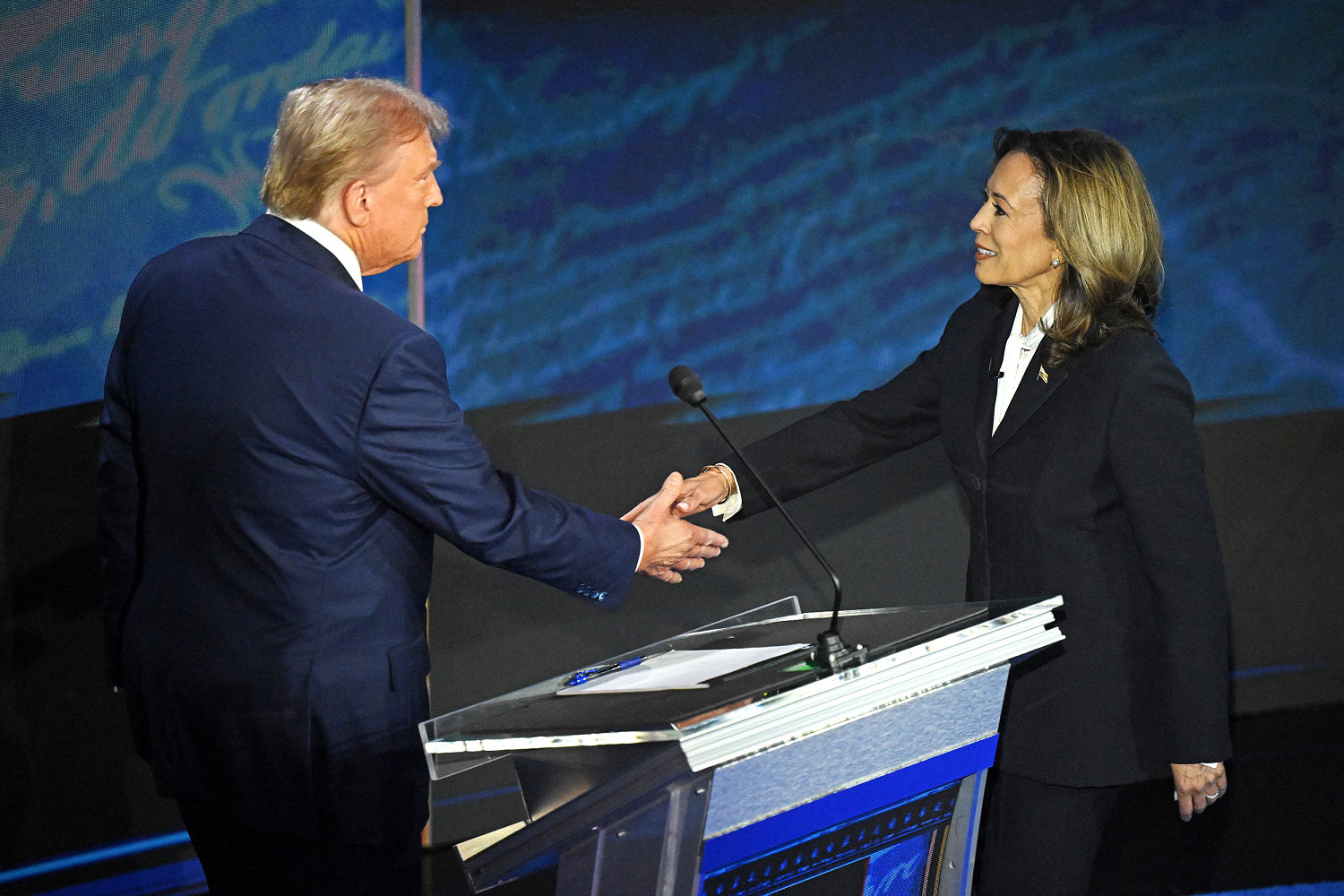
Close elections always come down to turnout. And while there remain a lot of unknowns ahead of November’s presidential election, one thing seems almost certain: It’s going to be close, at least in many of the key states that will decide the election.
So the bipartisan polling team behind the NBC News poll, Public Opinion Strategies and Hart Research Associates, devised an experiment.
What happens to the ballot test in NBC News‘ fire–new national poll when you assume a turnout model that benefits the Democratic Party versus one that favors the GOP?
The results won’t be much of a surprise. But the exercise is instructive, showing how relatively small shifts in the demographic makeup of the electorate could prove important in a close election.
Vice President Kamala Harris and former President Donald Trump are tied on the head-to-head ballot in the new October NBC News poll results, at 48% each.
Assuming a turnout model that’s more favorable to Republicans puts Trump ahead by 2 points, 49%-47%. But one more favorable to Democrats puts Harris in front 49%-46%. And neither scenario requires outlandish assumptions.
What would that more favorable Democratic turnout look like? An uptick in female voters, and an electorate that’s more racially diverse, has more college degree-holders, and more from the cities and suburbs.
The turnout model that looks better for Republicans is the inverse: a whiter electorate with more men, and upticks in rural voters and those without college degrees.
But what’s really important is how little demographic movement it takes to produce these shifts. It shows just how important turnout can be in elections (not to mention the importance of the assumptions polls make about who will turn out).
In the pro-Democratic and pro-Republican turnout scenarios, the difference in the female share of the electorate is just 1 point. In the pro-Democratic scenario, the white share of the electorate is lower than in the pro-Republican one, but only by 2 points.
A few percentage points of difference in turnout by age, race, education, urbanicity and a host of other factors can make a huge difference, particularly in a race that’s within the margin of error in this poll across every scenario. It’s why predicting exactly what will happen in a close election is so hard — and it’s one of the big reasons why there’s variation in polls before elections.
The NBC News poll of 1,000 registered voters, 898 of whom were reached by cellphone, was conducted Oct. 4-8. It has an overall margin of error of plus or minus 3.1 percentage points.

